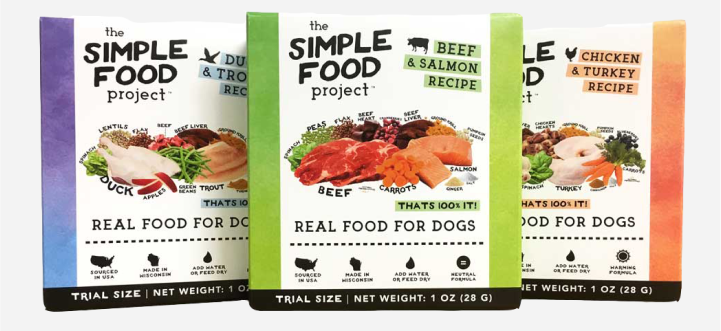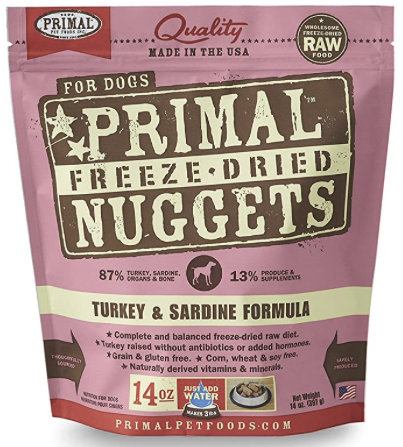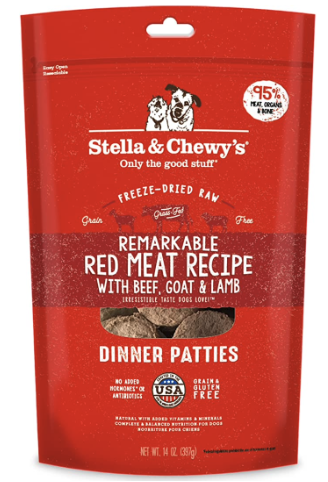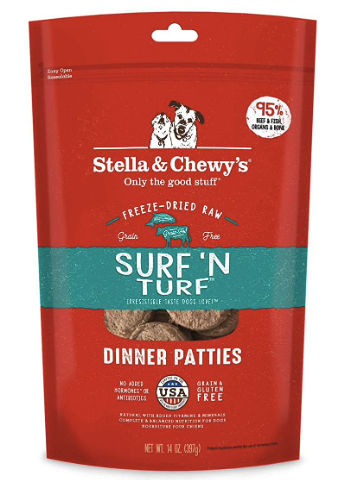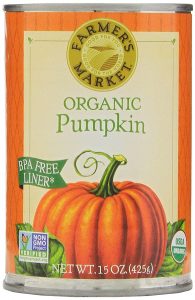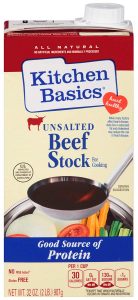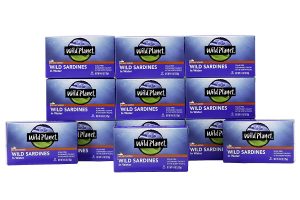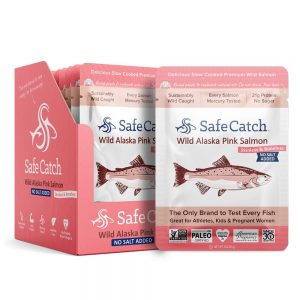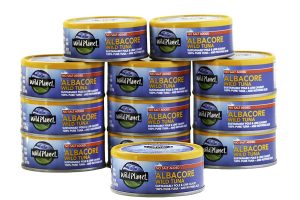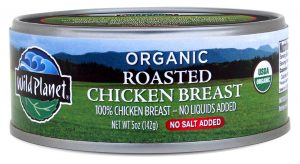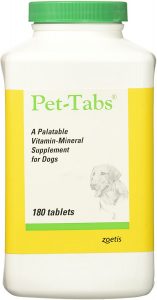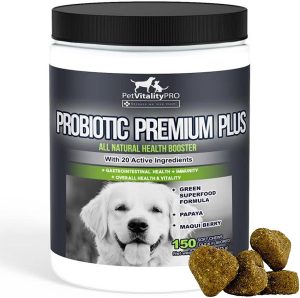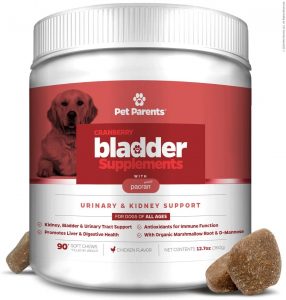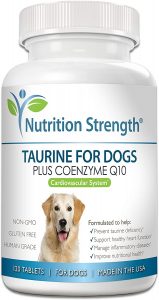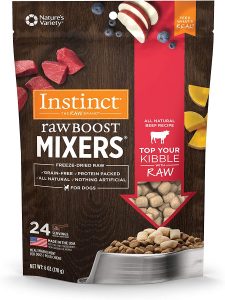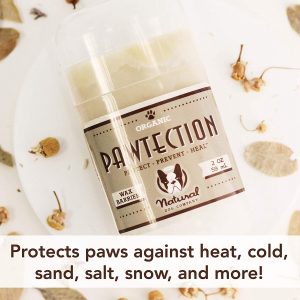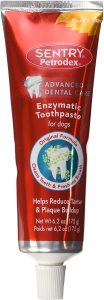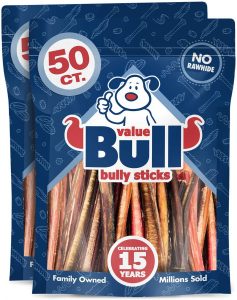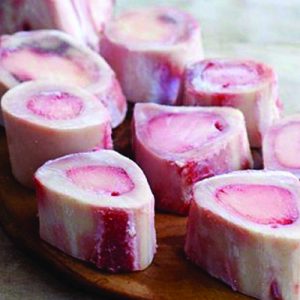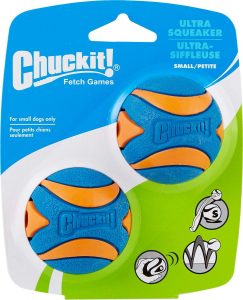As proactive dog owners, we are constantly learning about pet care. Back in the day we started with high-end, grocery store food and gradually went through premium kibble, super-premium kibble, grain-free super-premium dog food, and grain-free,super-premium kibble augmented with human-grade veggies or protein. The latest push in pet feeding strategies is balanced, fresh, raw food. We did some experiments with this as well.
Some of the things that have impacted our current strategy and tactics are:
- Kibble food was originally optimized for making it easy to pick up poop and to utilize the grain resources to which the pet food companies had access.
- Super-premium dog foods include nutrients and probiotics (to help digestion).
- Raw food or thawed frozen raw food can readily spoil and as it spoils it creates feeding and handling hazards.
- Raw food is hard to transport on trips.
- Raw food recipes are challenging to balance for nutrition.
- My previous pups became hard to feed near end-of-life. I wanted to make sure that my new pups were fully omnivorous and would readily eat a variety of foods. Most dog food strategies tend to be find something that works and stick to it.
- Feeding time is one of the most enjoyable times for dogs.
- Dogs have a tremendous sense of smell.
- We have a dog scale to monitor weights so we can adjust portions based upon targets, exercise, and feeding plans. Example scale: link
Based upon these we tend to have fun prepping meals for our dogs now:
Our base food is freeze-dried food from the Simple Food Project. We generally start with one scoop of this food. If this is the only food we have with us we will use two scoops (to calibrate on calories). They normally recommend moistening. We usually add at least as much water as food.
Here is a write-up describing this food comparing it with normal kibble:
Fresh food is of course one of the healthiest options for your pet, but it’s not always affordable or time-efficient. Many pet food brands are moving toward freeze-dried dog food and dehydrated products to provide solutions that are both healthy and convenient. Freeze-drying retains nearly 100% of the natural nutrients in foods, almost as good as eating it raw!
Here is a link to their description of the food production process: link
Our dogs love this food by itself and wolf it down in fluids while on travel. But we are loving dog parents and we supplement the food with other things for flavor and ingredient diversity, which has been shown to contribute to health. So we add some other pet foods or human foods to the meal. We don’t do this all of the time and we rotate for diversity for health and training to be omnivores.
Sometimes I break up freeze-dried food from the following sources and add it to their bowls before adding water:
- Primal Freeze-Dried Nuggets: Turkey & Sardine
- Stella & Chewy’s Freeze-Dried Patties: Surf ‘N Turf (Salmon & Beef); Remarkable Red Meat Recipe
Generally, we add a spoonful of pumpkin to the food as a good source of fiber to help with digestion and regularity:
Although we add water to the level of the freeze-dried food, we like to add flavor to the water so we splash in the following at most meals (note is low sodium):
At about 50% of the meals, we will add in some canned, human-grade protein for taste, variety, and quality. We are careful to pick low-sodium versions and I really like sardines since they are young and tend to not accumulate as many toxins such as mercury. These are low salt sardines, salmon, tuna, and chicken.
We also have been known to add some veggies, fruit, or rice to the meals for variety. Rice and pumpkin are especially helpful for clearing out digestion problems, diarrhea, etc.
We also usually add supplements to the meals and/or use them as treats. Here are ones that are part of the normal stable: multi-vitamin, probiotics, cranberry for UTI, and taurine (heart problems that have shown up with grain-free diets for some unknown reason).
I use these treats as rewards for coming in quickly after being called. I have them trained to catch them when I throw them up. They are so small I usually give 3 per dog per reward.
When I do lots of walking on asphalt with the dogs, I am concerned about their feet/pads. I have found using coatings developed by mushers help. I like this one because it’s like applying a lip balm.
We also brush the dogs’ teeth once or twice every week. Here is the toothpaste we prefer:
We generally also give them bully sticks or frozen beef marrow bones from the grocery store as mid-day treats or when we are about to leave them home alone.
Here are their favorite toys (squeaker balls and Duckworth duck):
Share this Post

